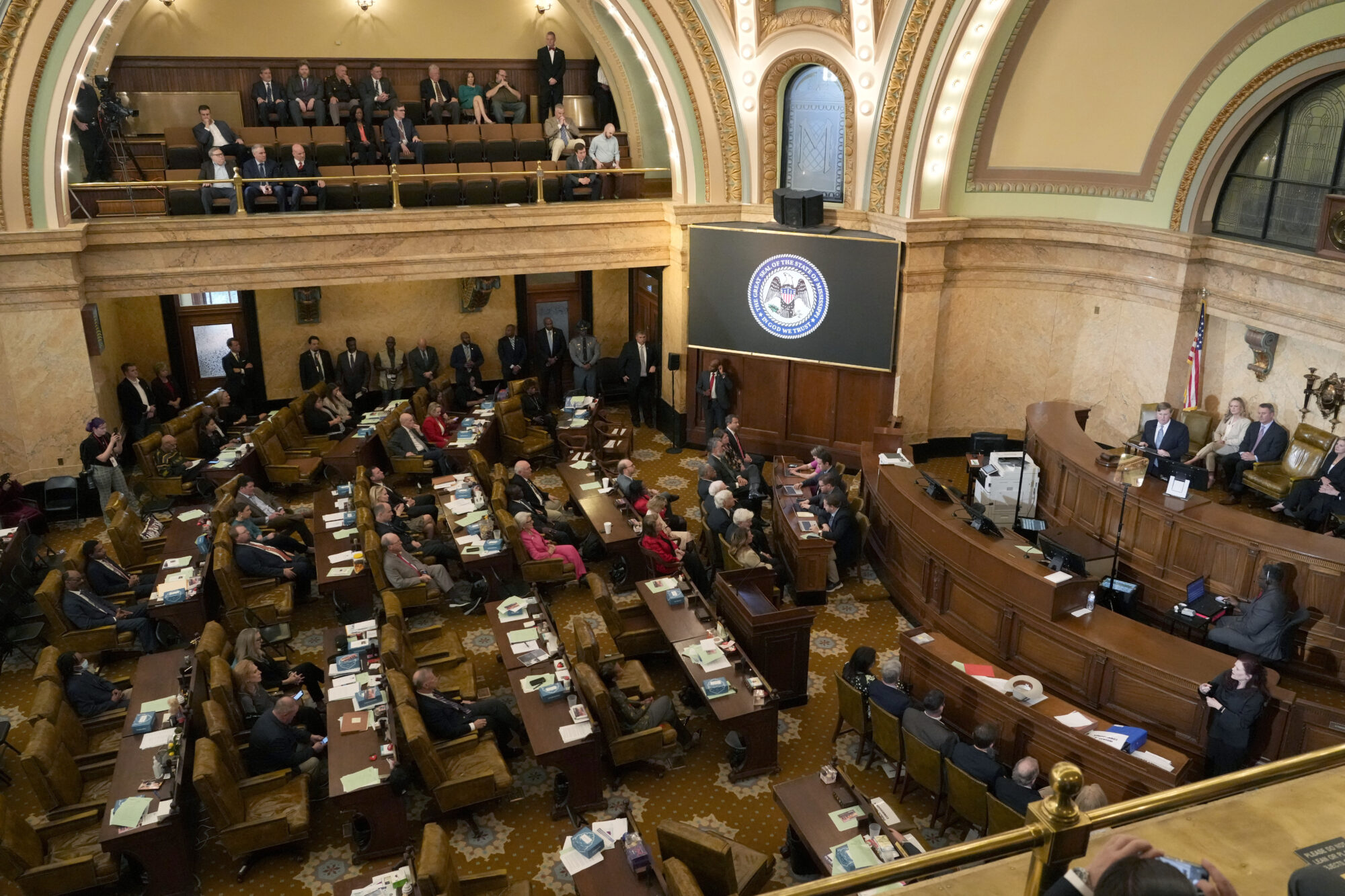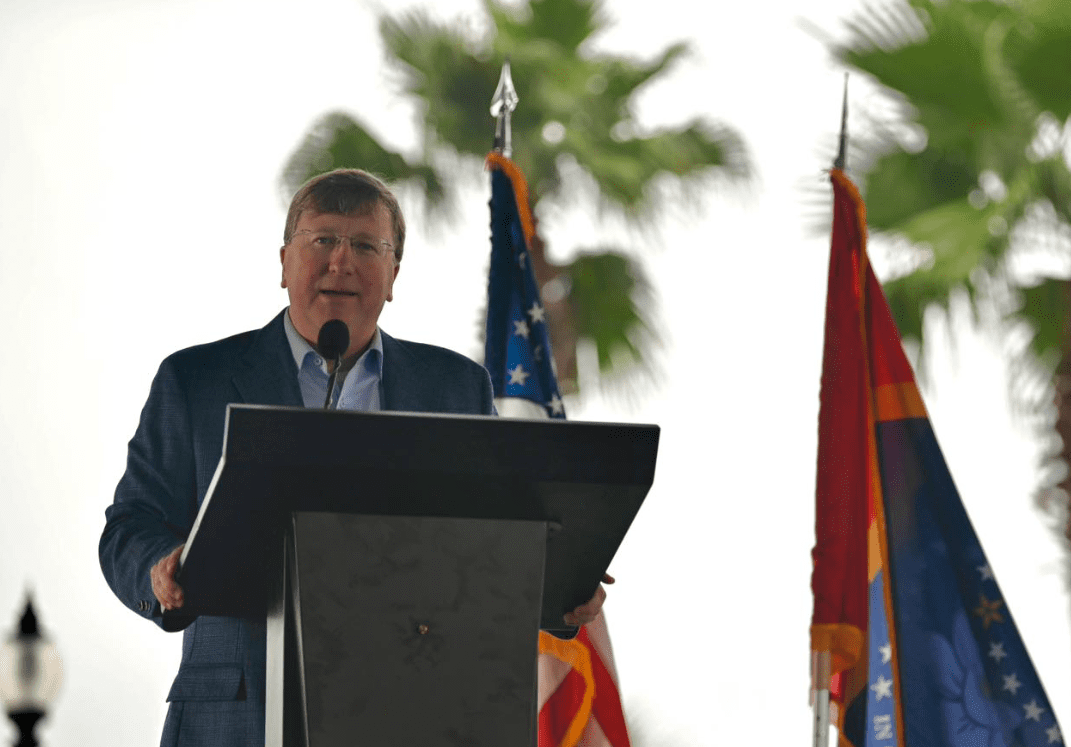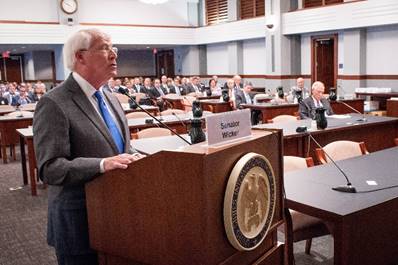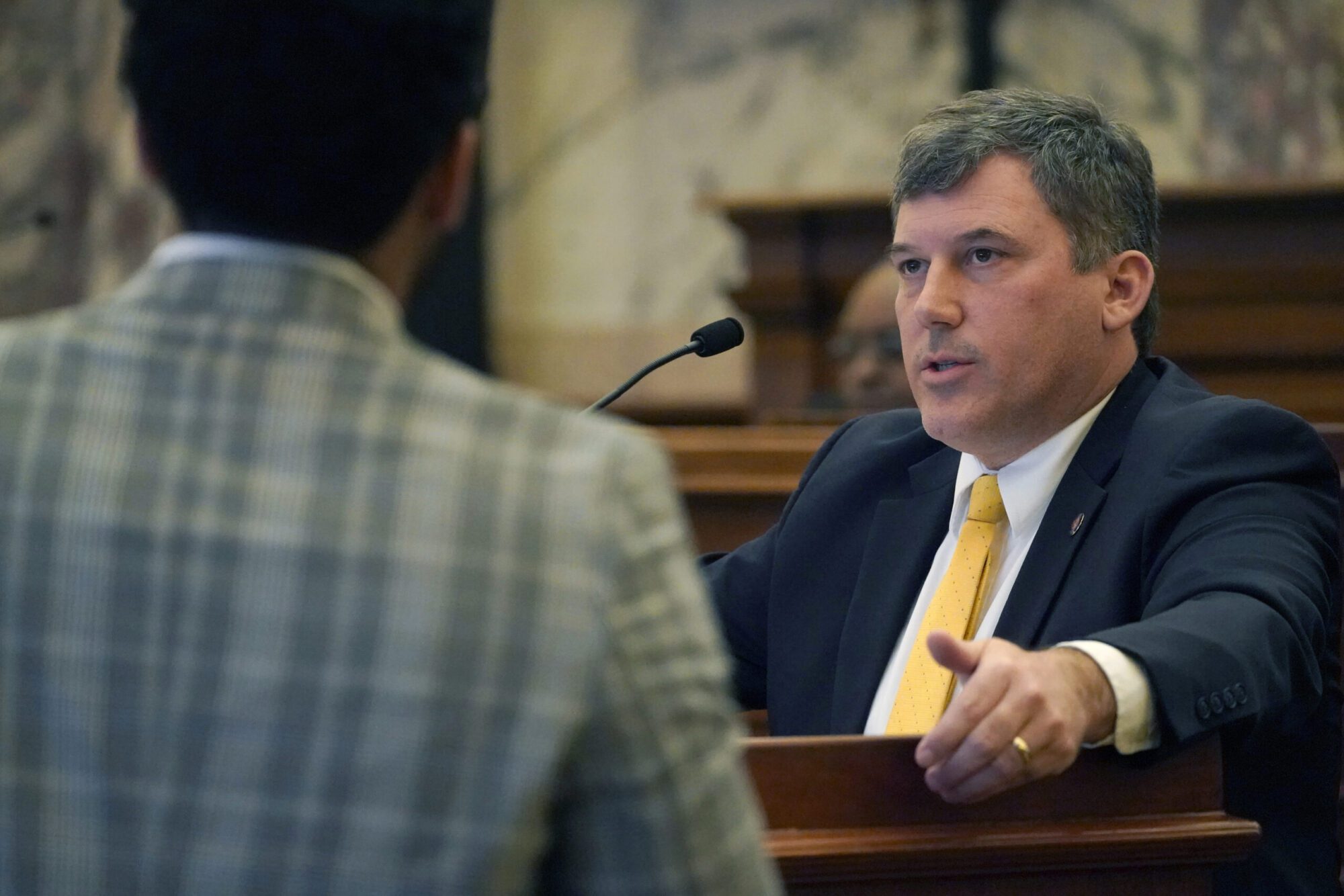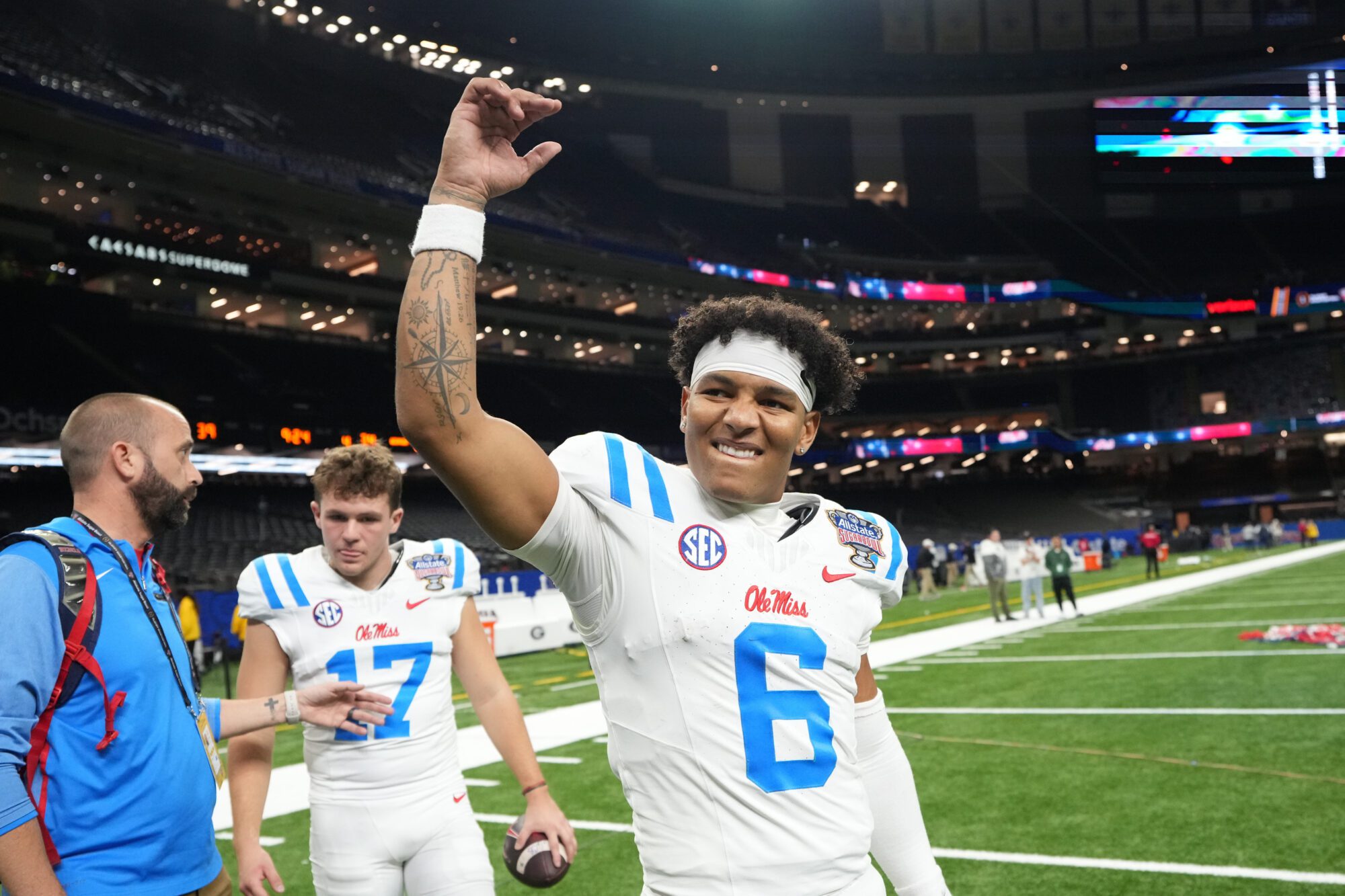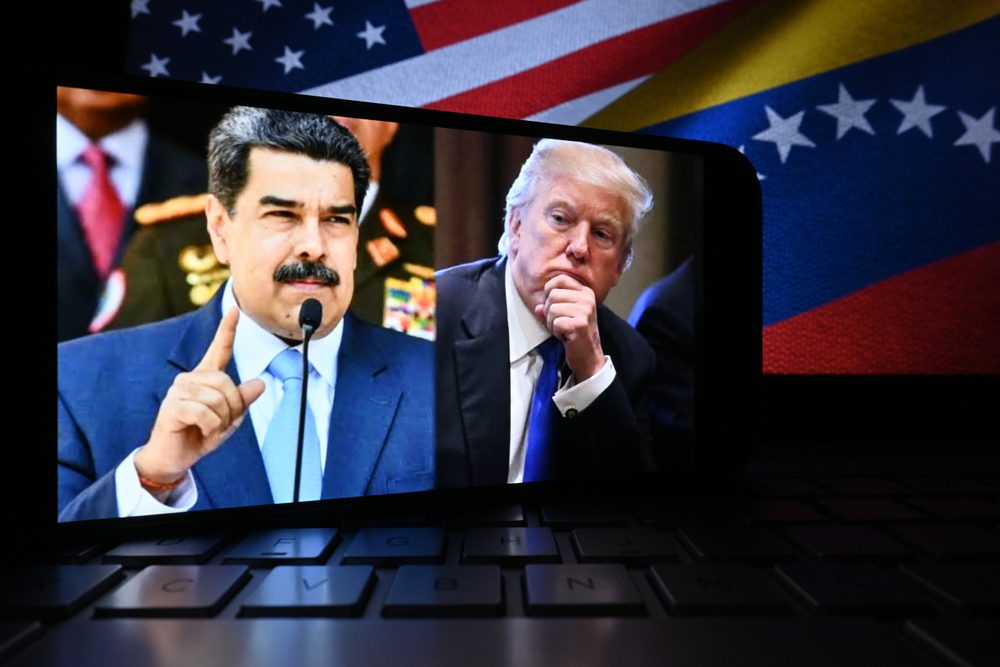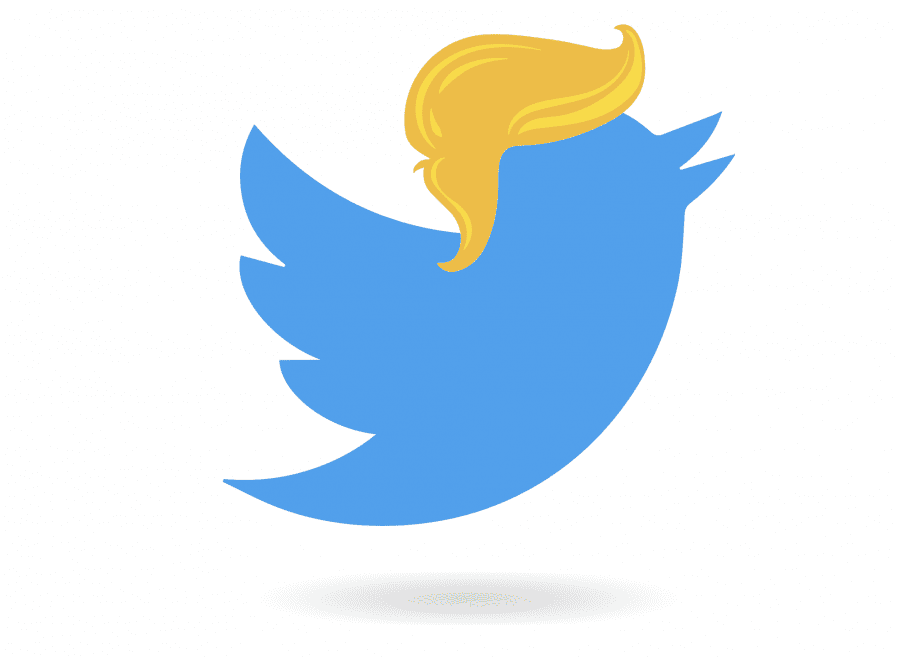
By using what he has available.
Former President Donald Trump filed a class action lawsuit against Twitter and Facebook on free speech grounds. Trump alleges that executives are manipulating these platforms to achieve political ends, doing so at the behest of government actors. This may be good politics for Trump, but it has almost no chance of success in a courtroom.
Whether you think the banning of Trump is a good or not, the precedent that social media companies have set is a disturbing one. It is an amorphous and biased standard that is unevenly applied. With a relatively small number of votes deciding election contests in a nation of 328 million people, access to the most trafficked channels of communication in our society is a pre-requisite for political success.
Since getting banned from Facebook and Twitter, Trump has been stuck without much of a distribution channel for his message. What made him so powerful in his political ascendency is that he had a direct pipeline to voters that was not filtered by media. Now that is completely gone and he’s completely at the mercy of op-ed pages and “earned media” opportunities on news outlets. There have been fits and starts of Trump trying to create a new platform but truthfully, the startup process would be arduous and the scale would not be the same.
What the former President does still have is a database of millions of text users, users that that also have social media accounts themselves. That is the leverage point for Trump.
Twitter and Facebook have individual executives that make decisions but are publicly traded companies. Trump cannot force them to take him back because “it’s the right thing to do,” but he can hit them in the pocketbook and/or expose their uneven application of standards in such a way that they may not have a choice.
I call this plan Operation Chaos, and here’s how it works.
Twitter was always a better platform for Trump, so let’s focus on that one first. Twitter has 330 million monthly active users (give or take). It has a market cap of about $56 billion. That roughly works out that each subscriber is worth approximately $163. Operation Chaos needs to have 2,000,000 participants to work.
Step 1
Trump records a 15 second video that says something totally innocuous like, “Hi, I’m Donald Trump. Twitter has banned me, but you can help. Upload this video to your account and tag it with #TrumpOnTwitter. Let’s see if they ban us all.”
Step 2
Trump sends a link of that video via text to his millions of text subscribers. Now, it is important that it not be a YouTube link or any other streamed video. That would be easy for Twitter to filter out. The video needs to be a link to an actual MP4 video file that can be downloaded and saved to a computer or phone.
Step 3
Text subscribers are given instructions to download the actual video allowing them to upload it to their Twitter accounts all at the same time (or within a 4 hour window, give or take). At that point, a video of Trump will be uploaded millions of times, be on the platform and tagged.
Step 4
Now here’s where it gets interesting. Twitter will be forced to make a pretty major decision that could mean hundreds of millions of dollars and the loss of millions of subscribers. It is pretty easy to ban 1 or 2 notable users, but can they stomach to ban 2,000,000 actual users? The resulting loss of market capitalization could be hundreds of millions, if not billions, of dollars. Would that subject Twitter to shareholder lawsuits – much more likely to succeed than what Trump is currently doing?
Twitter would have three foreseeable options: 1) It could suspend accounts, 2) It could ban those users from the platform, or 3) It could do nothing. Options 1 and 2 could have real financial consequence. But what will happen if Twitter blinks and does nothing? Then it’s on to Step 5.
Step 5
DO IT AGAIN. If Twitter blinks, Trump does the same thing again and can slowly start to ratchet up his message delivery where Twitter looks arbitrary for continuing to block him on the platform.
Step 6
Start over at Step 1 and target Facebook.
If Twitter doesn’t blink and bans or suspends 2,000,000 users, it is likely that Twitter will have a much larger mess on its hand and Trump would be able to revel in the fallout. In addition to a significant subscriber loss, conservatives in Congress will be in an even better fact pattern to prove that social media companies should no longer be exempt from Section 230.
Remember, Twitter still allows convicted felons and notorious dictators the world over to have access to their platform – even the head of communist Cuba who reigns over the reported murder and disappearance of dissidents.
La #RevoluciónCubana no va a poner la otra mejilla a quienes la atacan en espacios virtuales y reales. Evitaremos la violencia revolucionaria, pero reprimiremos la violencia contrarrevolucionaria. Quien ataca a los agentes del orden ataca al país #SomosCuba pic.twitter.com/7lLPk30wcV
— Miguel Díaz-Canel Bermúdez (@DiazCanelB) July 12, 2021
Again, company executives may be individually motivated by politics or the principles of right or wrong as they see them. Private companies can make those decisions. But publicly traded, multi-billion dollar companies are usually motivated by money. This plan is right on economics and politics for Trump.
The key is to make social media giants make a choice about their platform that they may not want to make, but is still in the best financial interest of shareholders.
Trump can take advantage of that by using more financial pressure than political leverage – and get back in the game through the back door while also helping advance conservative narratives.

